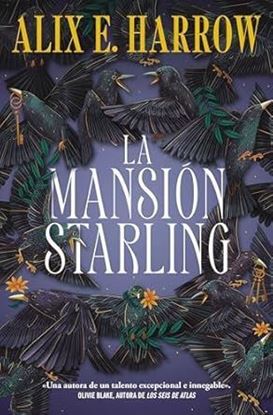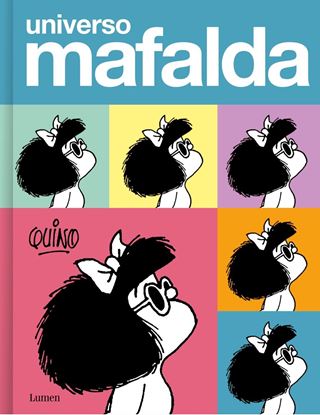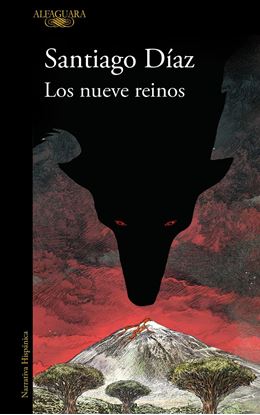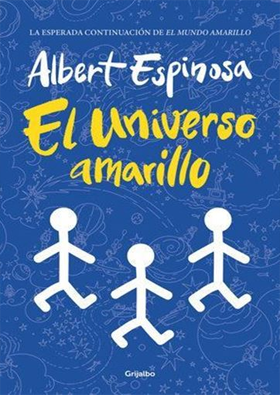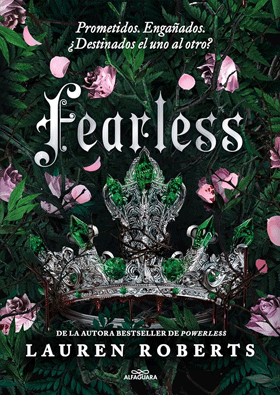

LA REINA DE ESPADAS
Este libro nos presenta a una Elena Garro que quizá solo conocieron sus amigas más íntimas. Una Elena humana y, por lo tanto, falible y multifacética. Para trazar este magnífico retrato, Jazmina Barrera hila con rigor científico y sentido del humor una colección personal en torno a la escritora: fragmentos de sus obras, diarios, cartas y entrevistas se trenzan con citas de documentales, algunas carpetas de los Elena Garro Papers del archivo de Princeton, y hasta con sesiones de tarot, I Ching y astrología.
La reina de espadas resalta la peculiar forma de habitar el mundo de Elena Garro y su capacidad para dotarlo de nuevos sentidos a través de los temas que la obsesionaron: el tiempo, la catástrofe, los gatos, la lucha campesina, las puestas en escena y los viajes. Aquí no hay certezas ni juicios: solo el vaivén de una personalidad camaleónica en la mirada apasionada, feminista e inteligente de una investigadora que se transforma conforme avanzan sus pesquisas.
995
796
HA EMPEZADO ELLA
Annabel, Esther, Tanya y Chloe son buenas amigas, o al menos lo habían sido durante la adolescencia. Si bien sus vidas tomaron rumbos distintos y sus sueños no se han hecho realidad tal y como esperaban, los secretos que comparten, más oscuros de lo que parecen, mantienen vivo su pasado en común. De pronto, un día reciben la inesperada invitación de una antigua compañera del colegio: Poppy Greer. Las invita a festejar su despedida de soltera en una exclusiva isla de las Bahamas, con billetes de avión en primera clase. Es verdad que hace años que ninguna de ellas ha visto a Poppy, pero su perfil de Instagram muestra una vida de éxito y dinero, muy distinta de lo que podía esperarse de quien fue su compañera más frágil y menos atractiva. Además, ¿quién rechazaría unas vacaciones de lujo con todos los gastos pagados en una isla paradisíaca? El viaje y el lugar superan todas las expectativas de las cuatro amigas, aunque la isla resulta estar más aislada de lo que habían imaginado, los móviles no funcionan y no hay más huéspedes que ellas. Poppy no es la única que esconde un secreto y antes de que el fin de semana acabe, ninguna sabrá en quién confiar y se verán obligadas a enfrentarse a un pasado del que no podrán escapar.
995
796
LA MANSION STARLING
La ciudad de Eden es conocida por la leyenda de E. Starling, una ermitaña autora famosa por escribir e ilustrar La Subterra... y esfumarse.
Todos en el pueblo evitan la tenebrosa mansión Starling y al solitario heredero, Arthur. Sin embargo, a pesar de que sabe que no debería relacionarse con hombres huraños ni casas encantadas, Opal no puede ignorar la oferta de empleo que le ofrecen. La mansión Starling no tarda en convertirse en algo que nunca ha tenido, un hogar.
Pero fuerzas siniestras acechan en sus muros, y Arthur y ella deben decidir si desenterrar el pasado y enfrentarse a él, o dejar que Eden sea devorado por las pesadillas. Y si Opal quiere tener un lugar al que pertenecer, primero deberá luchar por él.
1,500
1,200
UNIVERSO MAFALDA
¿Sabías que la personalidad de Felipe está inspirada en la infancia de Quino, con su pasión por las historietas, su imaginación, su timidez y el aburrimiento a la hora de sentarse a estudiar? ¿O que al autor le encantaba la sopa y, sin embargo, prefirió que Mafalda la odiara, como un gesto simbólico contra las imposiciones y los autoritarismos? ¿Y que, cuando era un niño, Quino tuvo la radio como un importantísimo medio para estar siempre informado? Sus padres, andaluces, siguieron a través de las ondas las noticias que llegaban de los frentes de batalla de la guerra civil española.
Todos estos datos y una infinidad más se encuentran en este libro único que nos acerca a cada uno de los personajes de la mítica tira del gran autor argentino y nos sumerge en el universo de Mafalda a través de declaraciones, fotografías, análisis de los temas e información clave sobre el contexto histórico y social: el auge del psicoanálisis, la expansión de los medios de comunicación, la tensión entre Estados Unidos y la Unión Soviética, la conquista del espacio, la guerra de Vietnam o el avance de los movimientos en favor de los derechos humanos.
1,650
1,320
LA RESACA DURA TRES DIAS (OF1)
Rocío Ramos-Paúl se desviste de supernanny en su debut en ficción. Una mezcla de Friends, Las chicas de oro y Sexo en Nueva York histriónica, ácida, desternillante sobre la vida privada de las mujeres tras la menopausia.
La resaca dura tres días es una novela única y original que muestra sin pretensiones la realidad sentimental de un grupo de amigas que pasan los 50 y que se reencuentran en una época capital de sus vidas debido a la separación de la protagonista. Cada una con un bagaje distinto y muchas ganas de disfrutar del sexo, la diversión, el flirteo y el qué dirán a pesar de su edad... y de la menopausia.
500
400
LOS NUEVE REINOS
Siglo I a.C. Tras amotinarse en el barco en el que los trasladaban los romanos, un grupo de prisioneros de guerra africanos y sus mujeres son arrastrados por las corrientes a la isla de Tenerife. Durante mil quinientos años, sus descendientes crean allí una civilización aislada del resto del mundo, hasta que los nueve reinos que componen el territorio guanche se convierten en objetivo de los Reyes Católicos. La sangre se derramará de norte a sur de la isla en esta gran aventura que rememora traiciones, sacrificios y pasiones prohibidas para contar la historia de una estirpe guerrera liderada por el mencey Bencomo, rey de reyes, que luchó hasta el fin por su libertad.
Santiago Díaz presenta un relato extraordinario, jamás narrado hasta ahora, de la resistencia guanche a la Corona de Castilla, pero también una crónica asombrosa de la España de la época a través de la mirada de una esclava en busca de sus orígenes, una historia de amor imposible y el retrato de una civilización repleta de misterios que terminó desapareciendo para siempre.
995
796




